When HR Becomes the Problem: A Call Center Supervisor’s Tale of Malicious Compliance
In the high-pressure environment of a call center, effective supervision is crucial to maintaining service quality and employee accountability. This narrative centers on a supervisor’s experience with a challenging employee, referred to as “Jamers,” whose consistent underperformance and refusal to accept responsibility created a disruptive workplace dynamic. Despite the supervisor’s efforts to address these issues through standard disciplinary procedures, Human Resources (HR) intervened in a manner that undermined managerial authority, leading to unintended consequences.
The supervisor’s subsequent decision to adhere strictly to HR’s directive—redirecting all matters concerning Jamers to HR—exemplifies the concept of malicious compliance. This approach, while compliant with HR’s instructions, highlighted systemic flaws within the organization’s management structure and ultimately led to Jamers’ resignation. The incident serves as a case study in the complexities of HR’s role in employee management and the potential repercussions of misaligned organizational policies.
Disciplining an employee can be a painful process, as this supervisor found out the hard way

When he tried to write up one of his workers for gross incompetence, the employee ran to HR and cried foul
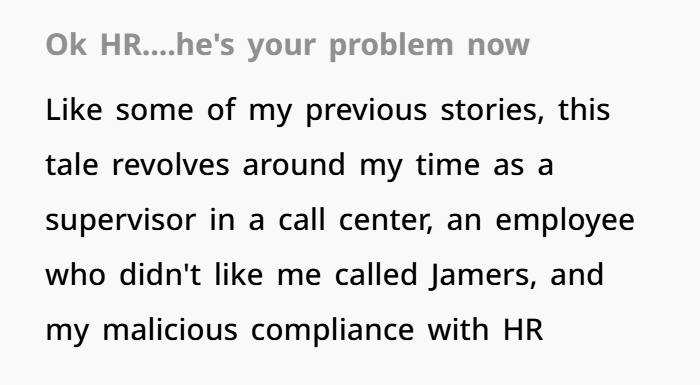


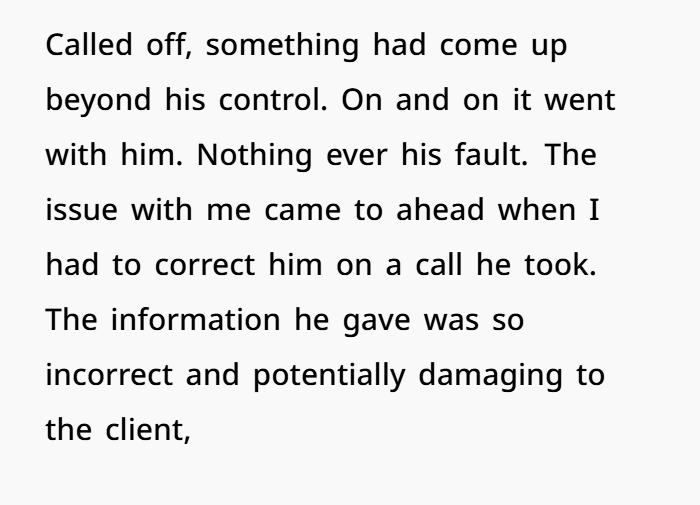
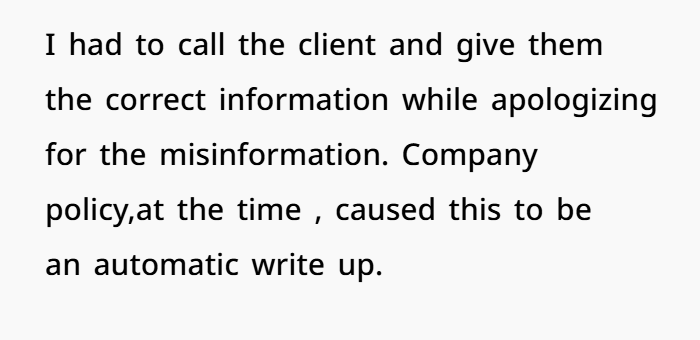



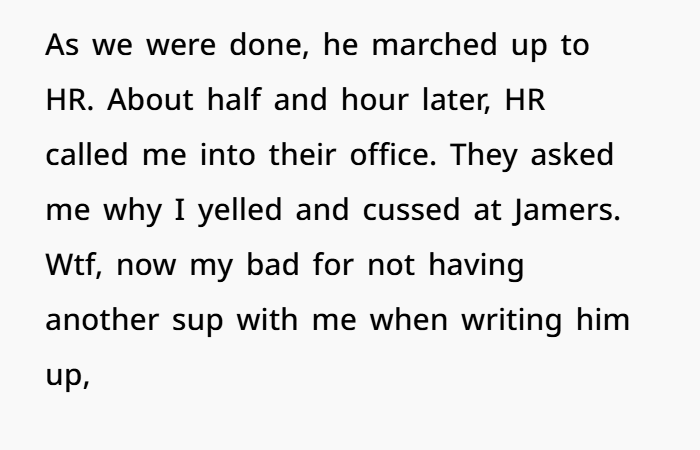
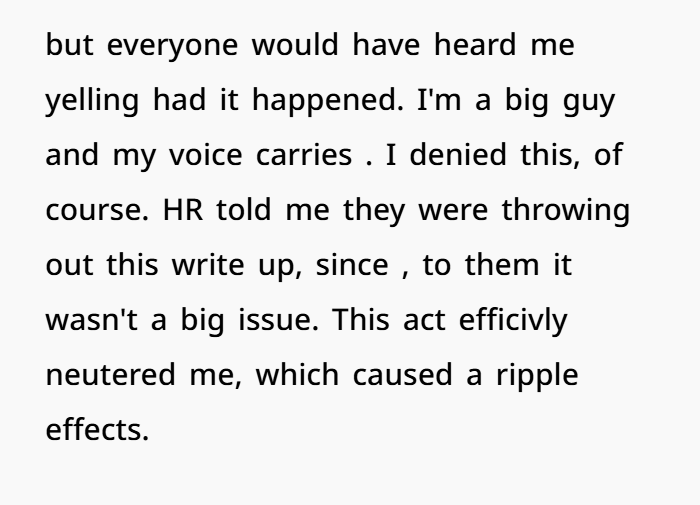
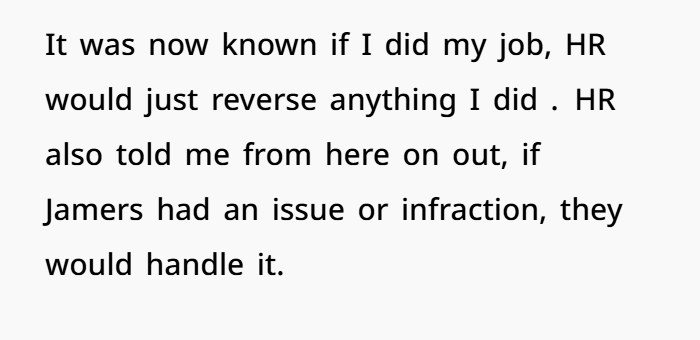
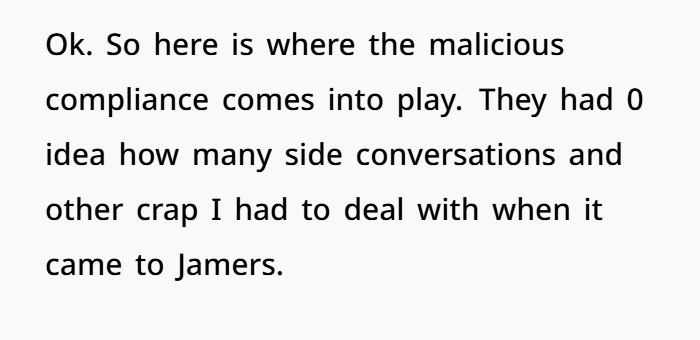
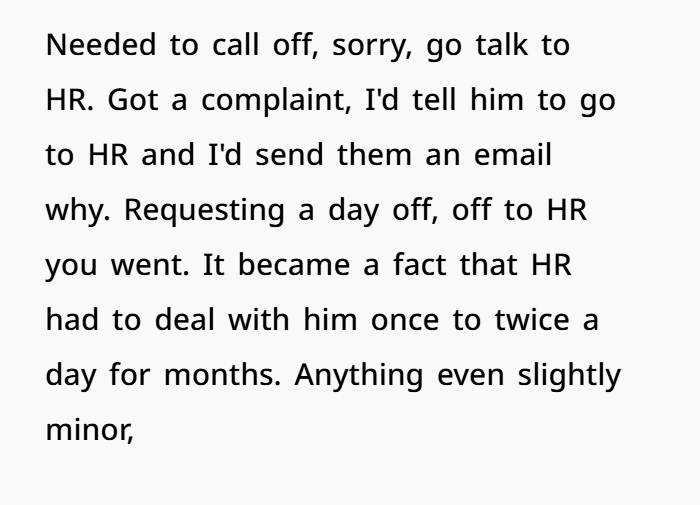


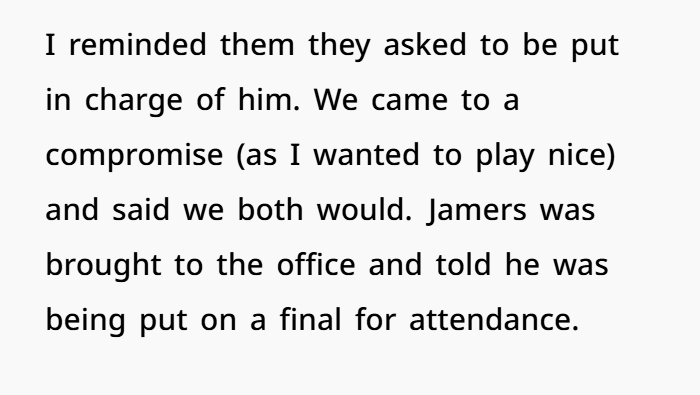
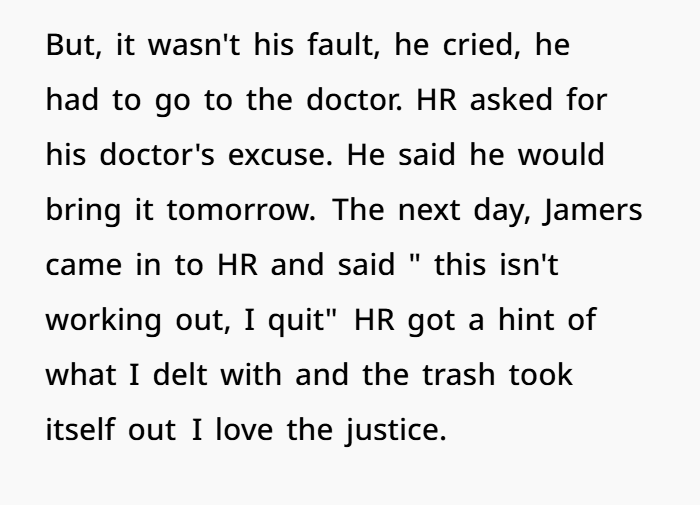
Navigating HR Dynamics and Malicious Compliance in the Workplace
In the intricate landscape of corporate management, the interplay between supervisors, employees, and Human Resources (HR) departments can significantly influence organizational efficiency and morale. The narrative of a call center supervisor dealing with an employee named Jamers offers a compelling case study into the challenges of enforcing discipline, the repercussions of HR interventions, and the phenomenon of malicious compliance.
Understanding the HR Intervention
The supervisor’s attempt to address Jamers’ dissemination of incorrect information—a serious infraction in a client-facing role—was met with resistance not only from the employee but also from HR. HR’s decision to dismiss the write-up, despite company policy dictating it as an automatic consequence, undermined the supervisor’s authority. This scenario underscores the importance of HR departments adhering to established policies to maintain consistency and support managerial decisions.
Effective HR policies should allow for multiple reporting methods and ensure that all complaints are investigated thoroughly. Documentation from the initial disclosure is crucial, and policies should clearly state that retaliation against employees who file complaints will not be tolerated .crowedunlevy.com
The Role of Malicious Compliance
Malicious compliance arises when employees follow directives to the letter, knowing that such adherence will lead to negative outcomes. In this case, the supervisor, stripped of disciplinary power, redirected all of Jamers’ issues to HR, as per their instruction. This literal compliance, while within the bounds of HR’s directive, led to increased workload and frustration within the HR department.Job Search Canada | Indeed+1Business Management Daily+1

Malicious compliance often stems from unfavorable work environments, including micromanagement and unfair practices. It serves as a form of workplace rebellion, where employees adhere to rules but with the intent to highlight flaws or inefficiencies within the system .Business Management Daily
Implications for Organizational Structure
The situation illustrates the delicate balance required between management and HR. When HR overrides managerial decisions without clear justification, it can erode the authority of supervisors and lead to a breakdown in the chain of command. Moreover, it can foster an environment where employees feel emboldened to bypass direct supervision, leading to potential inefficiencies and morale issues.
Organizations must ensure that HR policies are transparent and consistently applied. Regular training and communication between HR and management can help align objectives and prevent misunderstandings. Additionally, implementing peer review processes can provide an additional layer of oversight and fairness in disciplinary actions .SHRM
In the comments, readers agreed that most companies coddle the incompetent, while others complained that HR is the real issue
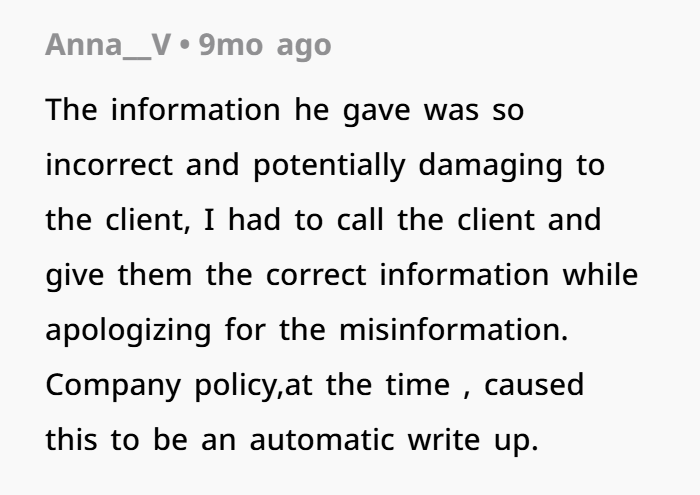



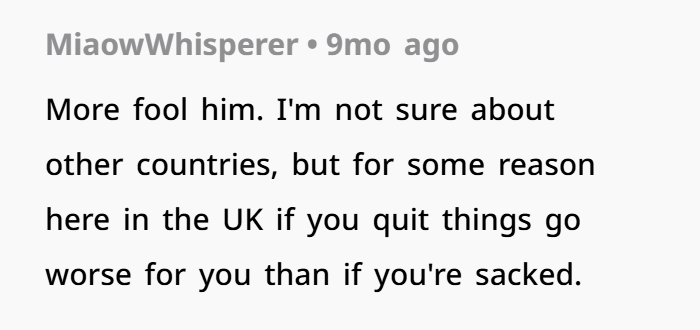
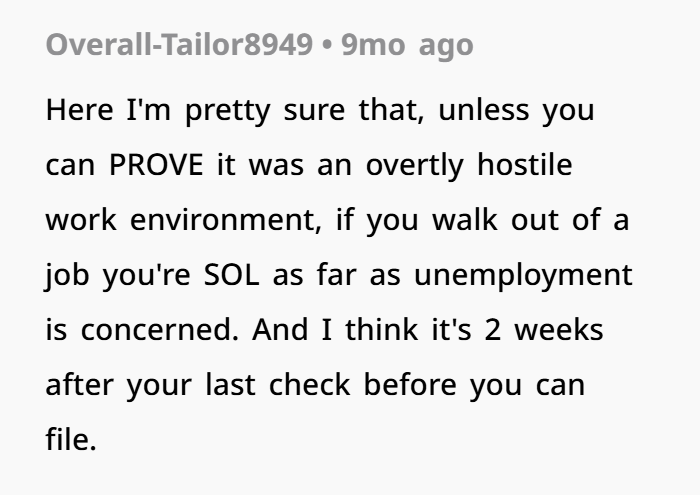
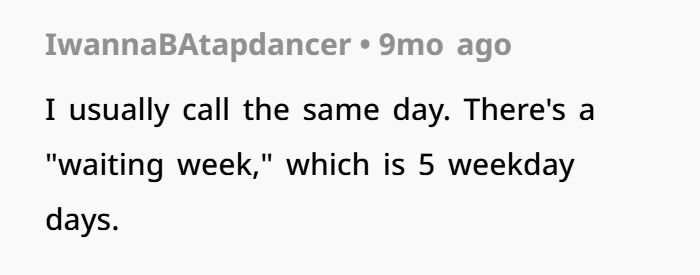
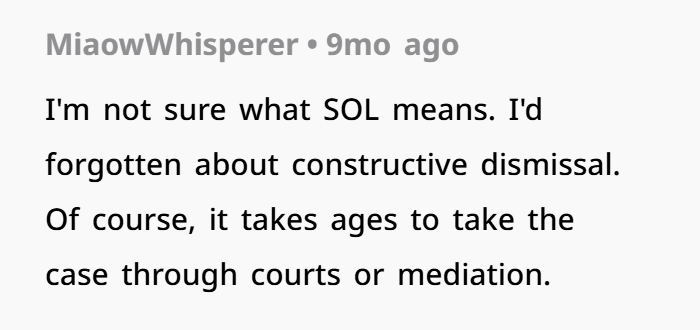
The narrative of the supervisor and Jamers serves as a microcosm of broader organizational challenges. It highlights the necessity for clear communication, consistent policy enforcement, and the recognition of the nuanced ways employees may respond to perceived injustices. By fostering a collaborative environment between management and HR, organizations can mitigate the risks associated with malicious compliance and ensure a more harmonious workplace.


